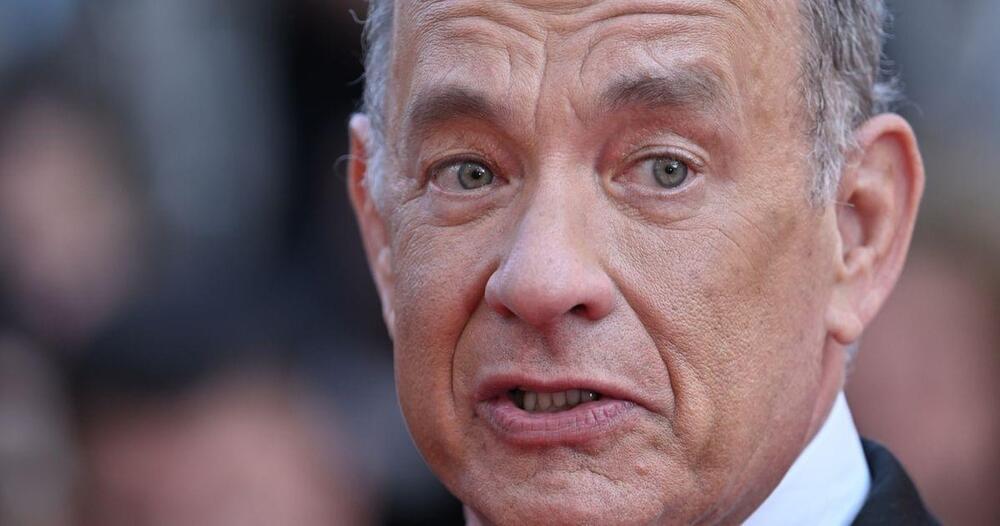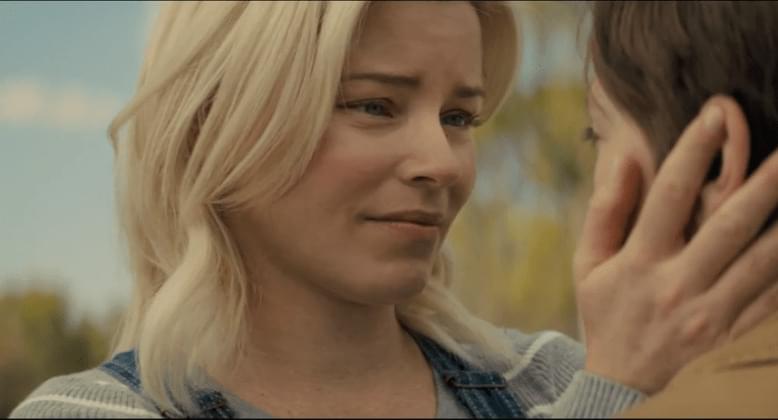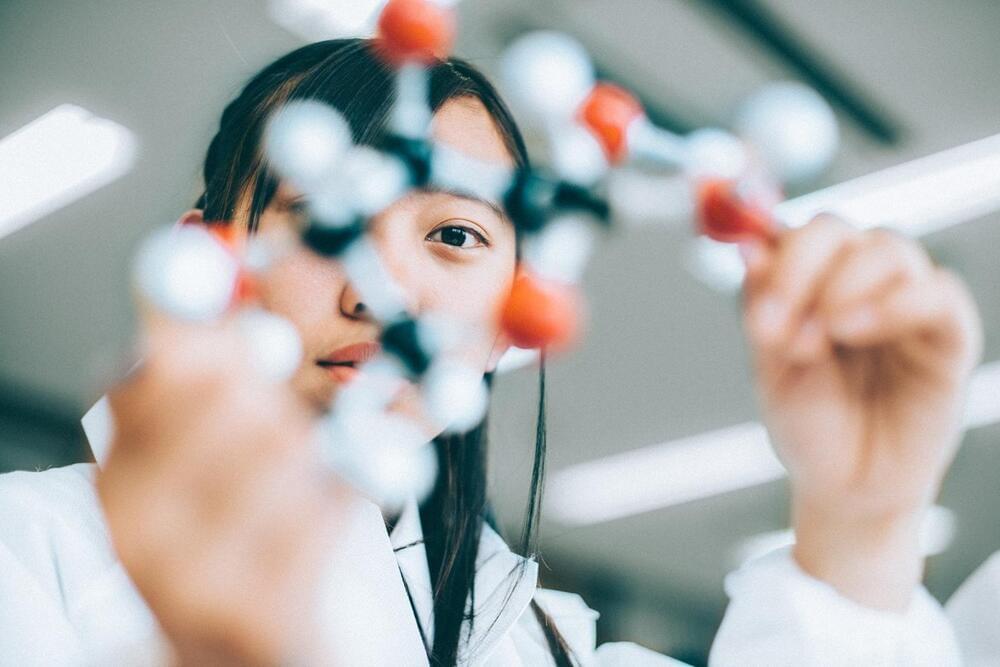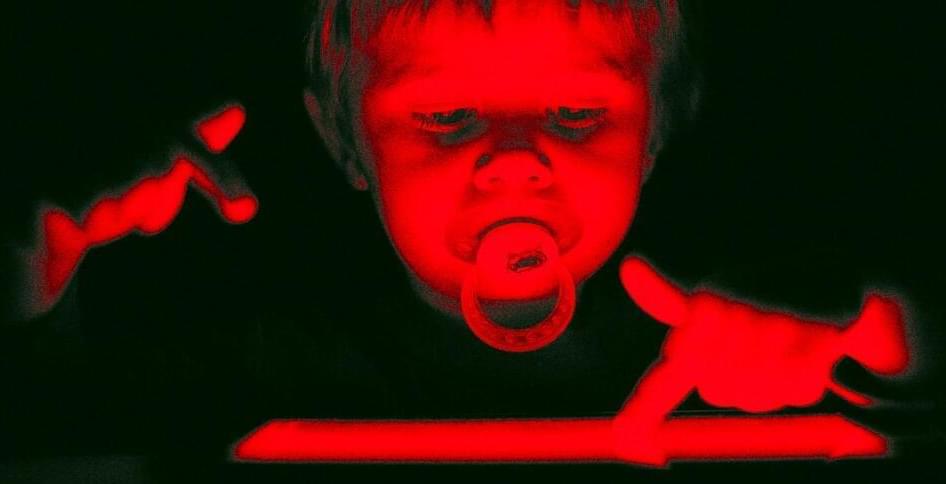Blog post with show notes, audio player, and transcript: https://www.preposterousuniverse.com/podcast/2019/02/11/epis…omplexity/
Patreon: https://www.patreon.com/seanmcarroll.
Reality is a tricky thing. Is love real? What about the number 5? This is clearly a job for a philosopher, and James Ladyman is one of the world’s acknowledged experts. He and his collaborators have been championing a view known as “structural realism,” in which real things are those that reflect true, useful patterns in the underlying reality. We talk about that, but also about a couple of other subjects in the broad area of philosophy of science: the history and current status of materialism/physicalism, and the nature of complex systems. This is a deep one.
James Ladyman obtained his Ph.D. from the University of Leeds, and is currently a Professor of Philosophy at the University of Bristol. He has worked broadly within the philosophy of science, including issues of realism, empiricism, physicalism, complexity, and information. His book Everything Must Go (co-authored with Don Ross) has become an influential work on the relationship between metaphysics and science.




